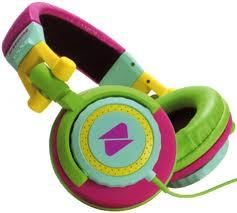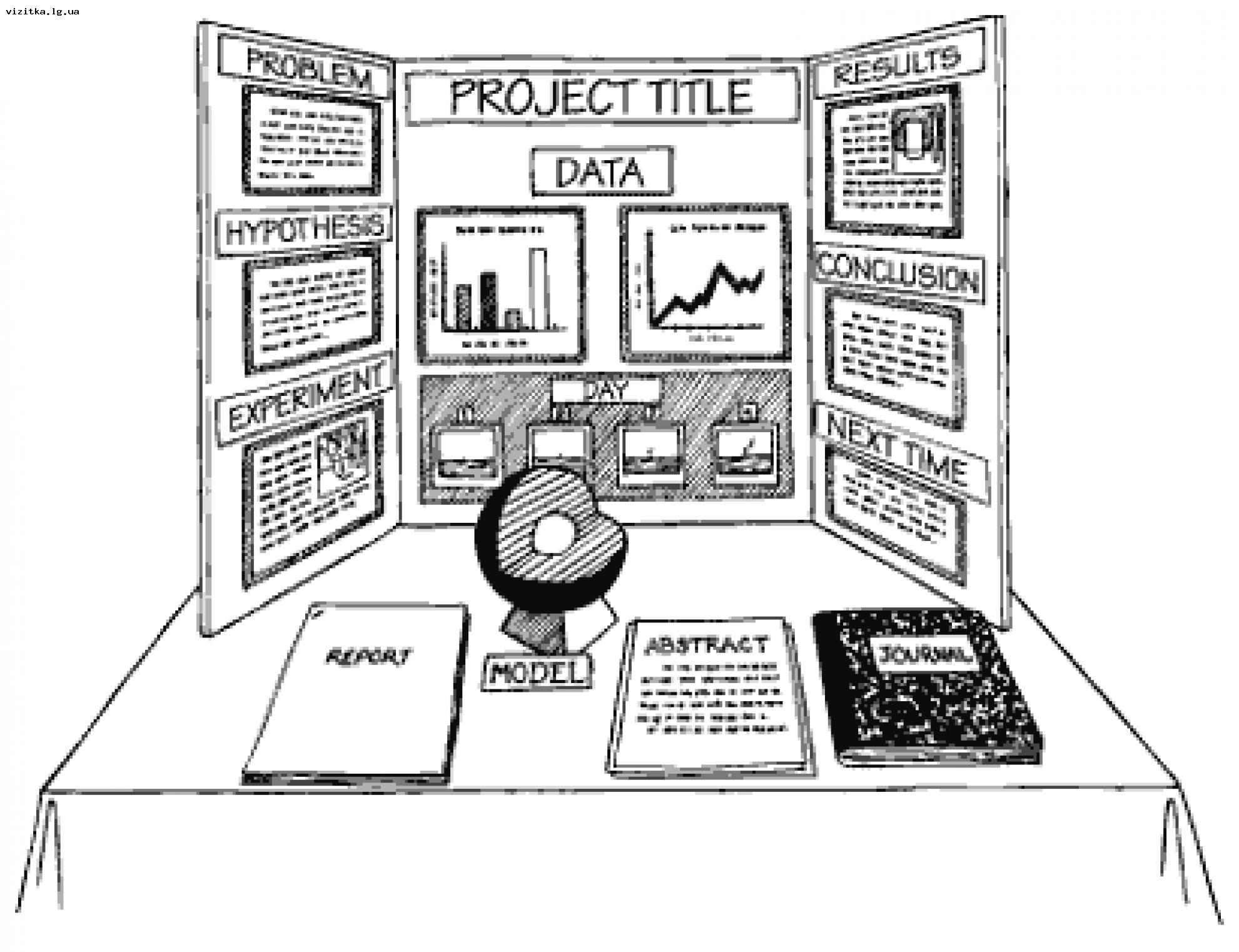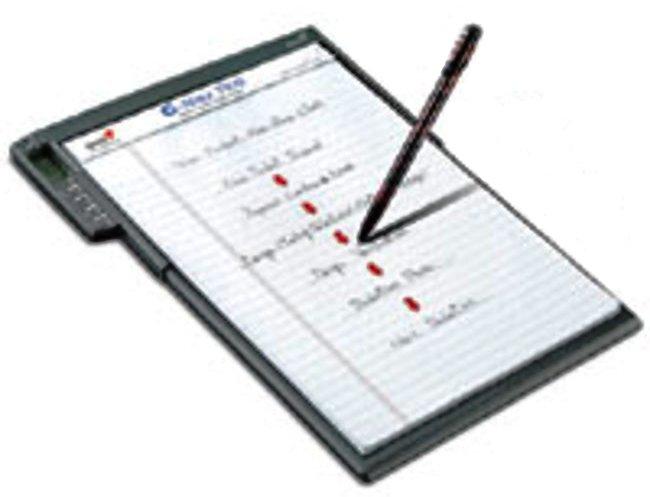
- •К.А. Демиденко, е.А. Подгорная programming: language semantics
- •Предисловие
- •Contents
- •Unit 1 programming
- •Computer programming
- •Unit 2 data security
- •Ways of protecting data
- •Unit 3 operating systems
- •What is os
- •Unit 4 programming languages
- •Computing languages
- •Unit 5 websites
- •How to design a website
- •1. Trust Text
- •2. Next Best alTernative
- •3. Map It
- •4. Avoid frames
- •5. Consistency Counts
- •Unit 6 software engineering
- •Designing high quality software
- •Flowcharts
- •Unit 7 careers in computing
- •Computing jobs Systems Analyst
- •Software Engineer/Designer
- •Computer Salesperson
- •Computer Systems Support Person
- •Computer Systems Analyst Programmer
- •Hardware Engineer
- •Network Support Person
- •It Support Officer
- •Unit 8 famous people in information technology
- •Steven jobs
- •References
- •Appendix listening script
- •650992, Г. Кемерово, пр. Кузнецкий, 39
Steven jobs
Steven Paul Jobs was born in San Francisco, California on February, 24 1955. When Steve Jobs reached college age, he entered Reed College in Oregon but stayed there only for one semester, after which he dropped out.
He with his friend Stephen Wozniak – commonly known as Woz – focused on Woz’s work on a computer board. Apple Computer was born. Apple’s first year in business consisted of assembling the boards in Steve’s garage and driving to local computer stores to try and sell them.
Then they introduced a new, the Apple II, which was much more advanced than anything the market had ever seen. The Apple II soon became the symbol of the personal computing revolution worldwide.
Then Steve Jobs took over a small project called Macintosh. The concept of Macintosh was “a computer as easy to use as a toaster.” Although Mac’s first months were encouraging, sales soon started to plummet. There was growing fear in the company and after a failed board coup initiated by Jobs in mid-1985, he was announced to have no managerial duties whatsoever. Steve was only to remain chairman of the board.
At that hard time he was introduced to a small team of brilliant computer graphics experts who shared a common dream of making animated movies with computers. Steve was interested and bought the company, incorporating it as Pixar.
Yet his main passion was still to make great computers. In September 1985 he founded a new company, called NeXT, to build an advanced computer for higher education and scientific research. Steve wanted the best hardware, built in the world’s most automated factory, and running the most advanced software possible. However great it was, the NeXT Cube didn’t sell. It was overpriced and missing useful software.
In 1995 Disney and Pixar released the first film, called Toy Story. It worked wonders: Toy Story’s box-office success was only surpassed by the Pixar stock’s success on Wall Street. Steve Jobs, who owned 80% of the company, saw his net worth rise to over $1.5 billion – five times the money he had ever made at Apple in the 1980s!
Speaking of Apple, the fruit company was in the midst of his worst year ever. After the release of Windows 95, the Mac started losing market share at an alarming rate. By 1996, the company’s newly appointed CEO, Gil Amelio, was looking for new software and chose Steve’s NeXTSTEP. Apple paid $400 million to acquire NeXT, and Steve was back to the company that had thrown him out a decade earlier. His official title was that of “informal adviser to the CEO.”
After Steve Jobs organized a board coup and was named interim CEO of Apple in July 1997 he cut the number of projects from hundreds to a dozen. He also made a shocking announcement at Macworld Boston in August: Apple would be teaming up with its arch-rival Microsoft, in an unprecedented deal that would put an end to interminable patent disputes.
Steve Jobs initiated a revolutionary marketing campaign around a new slogan: Think Different, spreading the idea that people who used Macs were dreamers who could change the world.
Yet Apple’s resurgence really came a little later, when Steve introduced a new, amazing consumer desktop computer: iMac. Introduced in May 1998, it was Apple’s first really innovative product basically since the original Macintosh in 1984. After three years in charge, Steve Jobs had brought Apple back to greatness. That’s why he finally accepted to become full-time CEO of Apple in January 2000 – the first time one man became CEO of two public companies at the same time.
The greatest momentum for Apple came from the iPod. It was an integral part of the digital hub strategy, it was started in early 2001.
iPod’s breakthrough features – its beautiful design, its brilliant user interface and click wheel, its fast FireWire connectivity and its ability to sync with iTunes seamlessly – made it a hot seller from the start. For the first time, people were buying Macs just so they could use this little music player the size of a cigarette box. Apple cashed in on that success and went further in the following years, first by making iPod Windows-compatible in 2002, then by opening the iTunes Music Store and developing a Windows version of iTunes in 2003.
As of 2006, after Apple had continually pushed innovation in its music business by introducing iPod mini in 2004, iPod shuffle then iPod nano in 2005, and expanded its Music Store internationally, it had become the undisputed leader of the new digital music era.
2006 was a critical year for Apple. The first was the success of the Mac: after years of fighting the so-called Wintel monopoly, Steve had announced in 2005 that the company would start using Intel processors in their Macs form then on. Intel Macs were faster and cheaper, but their main advantage was their ability to run Windows – which was a key argument in making Windows users switch.
The second crucial development from 2006 was the full acceptance by Apple of its new status of consumer electronics powerhouse, thanks to the success of iPod, the walkman of the digital age. But the biggest move of course came in January 2007, when Steve Jobs introduced iPhone at Macworld. iPhone was arguably the ultimate Apple product. Its beautiful hardware ran no less than Apple’s full operating system, OS X. Its multi-touch technology, Web surfing and iPod capabilities, easy-to-use interface, and more, made it a smartphone. It was such an obvious part of Apple’s move outside the PC business that Steve announced at the end of Macworld 2007 that the company’s name would be changed from Apple Computer Inc. to Apple Inc.
2010 has seen the incredible rebirth of Steve Jobs as a very active CEO. He came back on stage for many Apple events that year, and surprised the world many times over with insanely great new Apple products. The biggest announcement of all was iPad, Apple’s iOS-based tablet, which Steve unveiled on January 27, 2010. At the industry conference in June 2010, Steve Jobs told that in his opinion, iPad had started the post-PC era... If this comes true, this one man Steve Jobs will have played a crucial part in both giving birth and putting an end to the personal computer industry.
(Adopted from: Steve Jobs the Short Biography URL: www.allaboutstevejobs.com)
Task 4. Give the Russian equivalents to the following words and phrases from the text. Choose five of them and make up sentences of your own. Read your sentences aloud for other students to translate.
To assemble the boards, failed board coup, managerial duties, to run the most advanced software possible, the walkman of digital age, to lose market share, unprecedented deal, interminable patent disputes, integral part of the digital hub strategy, breakthrough features, undisputed leader of the new digital music era, to make iPod Windows-compatible, incredible rebirth, a new status of consumer electronics powerhouse, to make Windows users switch, Apple’s iOS-based tablet.
Task 5. Are these statements true, false, or not mentioned in the text? Correct the false statements.
1. In his first semester at the Reed College Steve Jobs was the best student.
2. At the very beginning of Apple Steve and Woz were assembling computer boards in Steve’s garage.
3. Macintosh project was very successful for the first 2 years.
4. Steve Jobs bought Pixar because he was interested in making animated movies.
5. NeXT was founded only for promoting its advanced software technology.
6. Steve Jobs was back to Apple thanks to NeXTSTEP software.
7. Think Different was a new slogan of iPod revolutionary marketing campaign.
8. A beautiful design, brilliant user interface and click wheel, its fast FireWire connectivity and ability to sync with iTunes seamlessly made iPhone a hot seller from the start.
9. In 2010 Steve Jobs himself presented several new Apple products.
10. As Apple moved outside the PC business, it began making much more money than any computer company.
Task 6. Mixed-up sentence exercise. Put the words back in order to form a sentence.
1. over Macintosh a Steve small Jobs project took called.
2. the anything Apple the II computer was market much had more ever advanced seen than.
3. name associated innovative Jobs’ is with products.
4. extremely success Toy worth of net because Jobs’ box-office rose Steve Story’s.
5. in assembled was computer the first Apple’s garage Steve’s.
6. main his computers great make to was passion.
7. end that with Apple to put its teamed patent an rival up disputes.
8. unveiled , tablet iOS his 2010 January - greatest Steve 27 based product.
9. using switch Macs started users in company Windows processors 2005 the make Intel in to.
Task 7. Translate the sentences into English using active vocabulary.
1. Практическая деятельность Стива Джобса началась со сборки плат в его гараже.
2. Создавая компанию Next, С. Джобс поставил перед собой цель запустить наиболее совершенное программное обеспечение.
3. Появление iPod закрепило за компанией Apple статус ведущего производителя в области бытовой электроники.
4. Mac не выдерживает конкуренции с Windows 95 и теряет свои позиции на рынке с угрожающей скоростью.
5. iPod соединил в себе новаторские черты цифровой эпохи и стал неотъемлемой частью стратегии «цифровой концентратор».
6. Стив Джобс вместе с небольшой командой талантливых специалистов в области компьютерной графики стремился реализовать общую мечту о создании анимационного кино с помощью компьютера.
7. Стив Джобс вернулся в компанию Apple в 1996 г. в роли неофициального советника исполнительного директора.
8. Наиболее значимым успехом Стива стал выход на мировой экран совместного фильма копаний Disney и Pixar «История игрушек».
9. Название смартфон появилось благодаря тому, что Apple удалось максимально расширить перечень потребительских свойств iPhone: технология мультитач, простой в использовании интерфейс, возможности iPod и др.
10. Я считаю, что можно согласиться с мнением Стива Джобса о том, что появление портативных устройств ведет к окончанию эры массового производства персональных компьютеров.
LISTENING

Task 8. Watch the presentation and comment upon eight new features of the iPhone4 (source: iPhone-4-unveiled. URL: http://www.cnettv.cnet.com). Before watching make sure you understand the meaning of these words and collocations. If not, check the translation at the end of the unit.
Gonna, leap, ain’t, beyond the doubt, precise, rear, stainless steel, precision, consumer product, Leica, unheard of, gorgeous, quarter, external, to seem like, slit, brilliant, contrast ratio, superior, to result in.
WRITING

Task 9. Work in pairs. Make up five questions about Steve Jobs. Each student should write the questions on his/her own piece of paper. Both partners separately interview 5 different students. Write down their answers and then compare them.
PROJECT

Task 10.
|
Step 1 |
Divide into 2/3 groups. Choose/invent one product for each group to present at the Macworld. |
|
Step 2 |
Discuss strengths and weaknesses of your product. |
|
Step 3 |
Make a multimedia presentation of the product. |
|
Step 4 |
Present your product. Try to involve several speakers. |
|
Step 5 |
Get your Bonus! |
NOTE

Words for Task 8.
|
gonna |
(разг. от going to) собираться что-то сделать |
|
leap |
скачок |
|
ain’t |
распространённая и несколько простонародная форма, заменяющая are not, is not, am not, has not и have not. зд. употребляется в качестве шутки. |
|
beyond the doubt |
без тени сомненья |
|
precise |
точный, определённый |
|
rear |
задняя поверхность |
|
stainless steel |
нержавеющая сталь |
|
precision |
точность, аккуратность, тщательность |
|
consumer product |
товар широкого потребления |
|
Leica |
Лейка (немецкая фирма, выпускающая фотоаппараты) |
|
unheard of |
неслыханный, неизвестный |
|
gorgeous |
великолепный, изумительный |
|
quarter |
четверть |
|
external |
внешний |
|
slit |
щель, разрез |
|
brilliant |
гениальный, выдающийся |
|
contrast ratio |
степень контрастности, контрастность (изображения) |
|
superior |
превосходящий другого |
|
to result in |
иметь следствием, приводить к |
